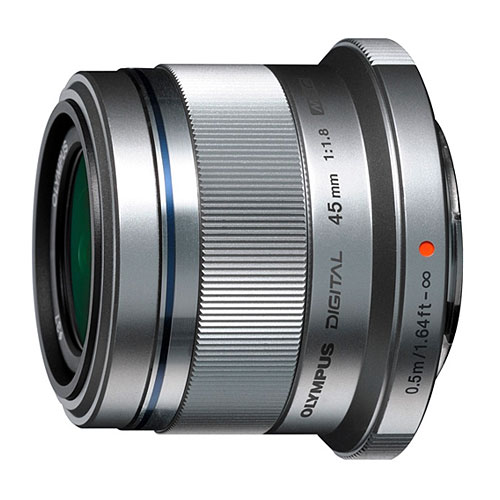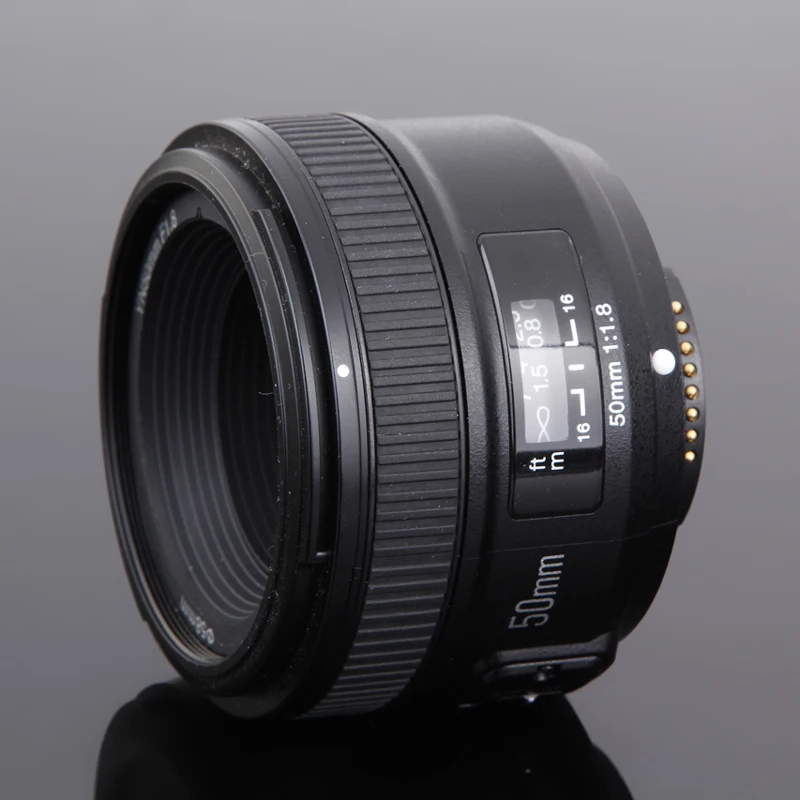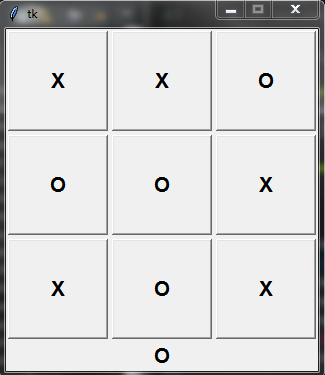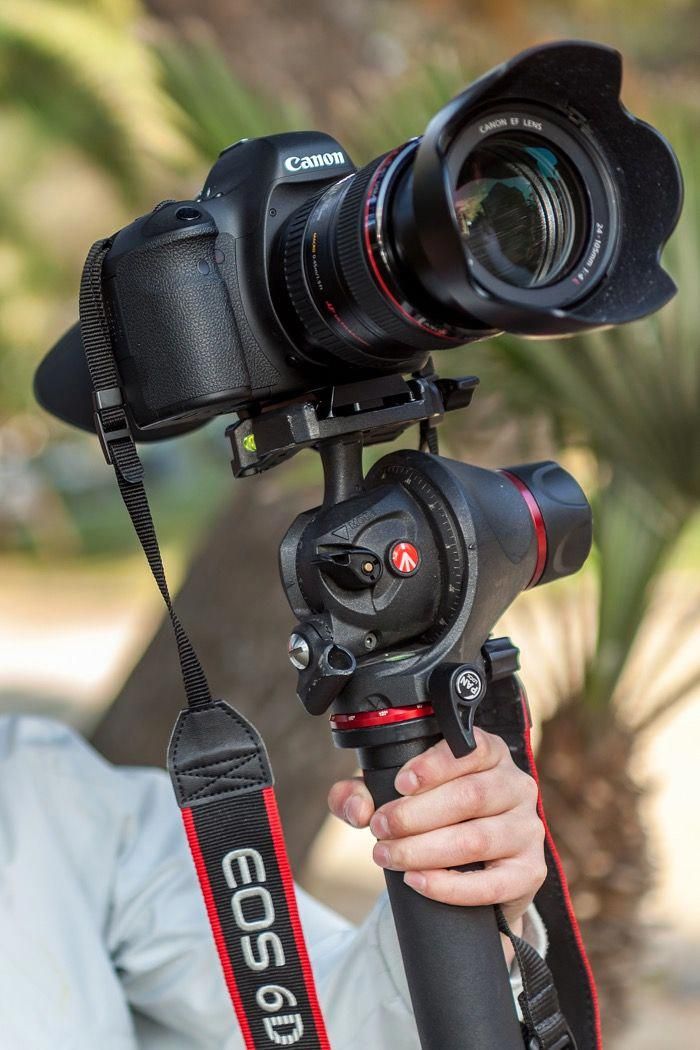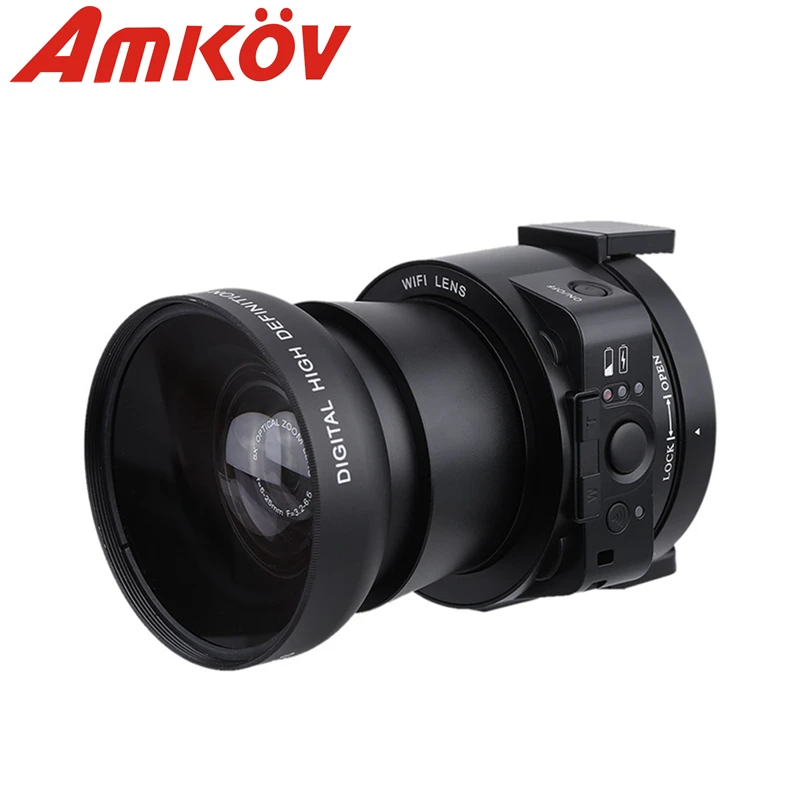Micro 4 3rds
Benefits of Micro Four Thirds
- Find
- Camera
- Lens
-
Cine
System -
Industrial
Camera
The Micro Four Thirds system's greatest appeal is to achieve high image quality, compactness, and lightness for photographers who want to enjoy a camera anytime, anywhere. The open standard means you can use lenses and camera bodies from a range of manufacturers. And that gives you high versatility, operability and usability.
- 1 A compact, lightweight system you can carry around anytime, anywhere
- 2 A lineup of lenses from different manufacturers to meet a range of needs
- 3 A dedicated design for digital cameras achieves both compactness, lightweight and high image quality
- 4 A compact system perfect for full-scale video shooting
1
A compact, lightweight system you want to carry around anytime, anywhere
Micro Four Thirds is a high mobility system that delivers an optimal balance of high image quality, compactness and lightweight by adopting a 4/3-type image sensor. With its compact mirrorless body and interchangeable lenses, the whole lightweight system is easy to hold and carry.
Experience complete mobility, especially with bright large-diameter and super-telephoto lenses that otherwise tend to be large. Never miss a moment when you want to shoot.
Camera body size comparisonLens size comparison (schematic view)2
Lineup of lenses from different manufacturers that meets a range of needs
Micro Four Thirds is an open standard for freely combining interchangeable lenses and cameras from different manufacturers through standardizing the lens mount. Choose from a wide variety of lenses for different shooting requirements.
Micro Four Thirds frees you from the limits of using cameras and lenses of the same brand, opening up possibilities from a wide range of lenses from supporting companies (56 companies, including B-to-B companies as of January 2021) that enable you to capture freely.
The joint lens update service (see the list of participating manufacturers) allows you to update lenses from brands other than the camera's manufacturers.
Supporting companies
Mount standard with the diameter that is about twice the size of the image circle3
Specially designed digital cameras combining compactness, lightweight and high image quality
Micro Four Thirds is a system that provides high image quality with small size and lightweight by pursuing the optimal relationship between image sensor size and the mount.
In normal cameras with interchangeable lenses, image quality tends to degrade at the image sensor's edge. Micro Four Thirds solves this problem to deliver high image quality with a lens design that features:
- telecentricity to guide light to the area around the image sensor
- ample lens mount specifications providing a diameter about twice the size of the image circle
- a design that suppresses ghosts and flares due to reflection off the image sensor and re-reflection from the lens surface.
The detailed distortion-suppressing design provides high image quality without distortion at the centre and the edges.
Image quality comparison between the Micro Four Thirds product and third-party products
*The subject is an A2-sized map (420 mm × 594 mm). Captured under standard conditions: shooting distance of 42 cm, the focal distance of 24 mm when converted assuming 35-mm film, and depth of field of F4.
The detailed distortion-suppressing design provides high image quality without distortion at the centre and the edges.
4
A compact system perfect for full-scale video shooting
Micro Four Thirds provides advanced shooting functions in a compact system and allows you to effortlessly shoot video on the move without the bulky equipment - even if you're a professional.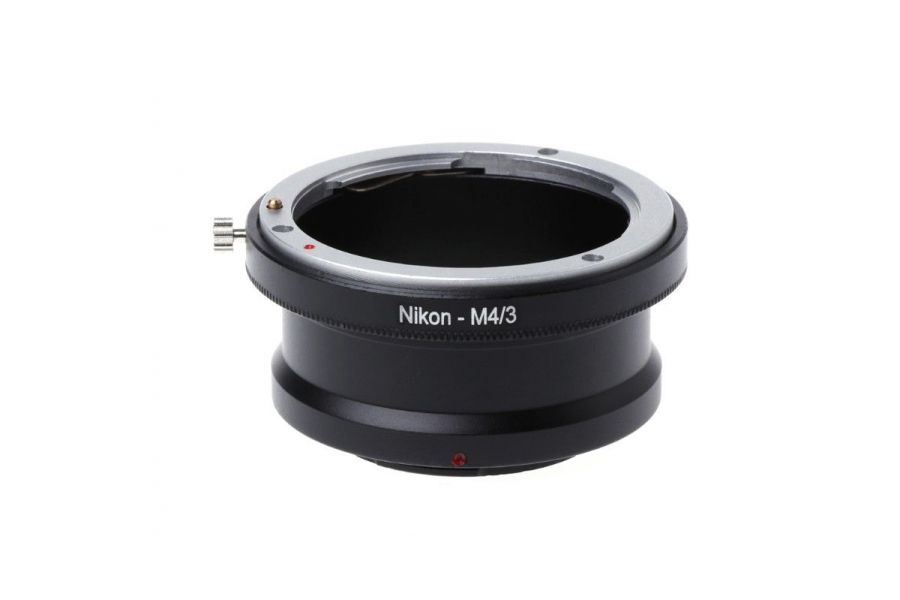 What's more, you can keep using your existing lenses by using mount adapters. Because you don't need extensive filming gear, you can shoot video by yourself—saving money. You can also shoot for longer due to low power consumption and efficient heat dissipation.
What's more, you can keep using your existing lenses by using mount adapters. Because you don't need extensive filming gear, you can shoot video by yourself—saving money. You can also shoot for longer due to low power consumption and efficient heat dissipation.
This system has also attracted attention for drone-based airborne filming due to its lightweight and compact design.
What is a Micro Four Thirds Camera? (And Do You Need One?)
Micro Four Thirds is a mirrorless, interchangeable-lens camera system. It was introduced in 2008 by Panasonic and Olympus.
The Micro Four Thirds camera system gives photographers a smaller and more compact alternative to full-frame DSLRs.
In this article, we’ll explain in more detail how and why Micro Four Thirds came to be. We’ll also discuss what the future looks like for this nifty camera system and whether you should include one in your equipment bag.
[Note: ExpertPhotography is supported by readers.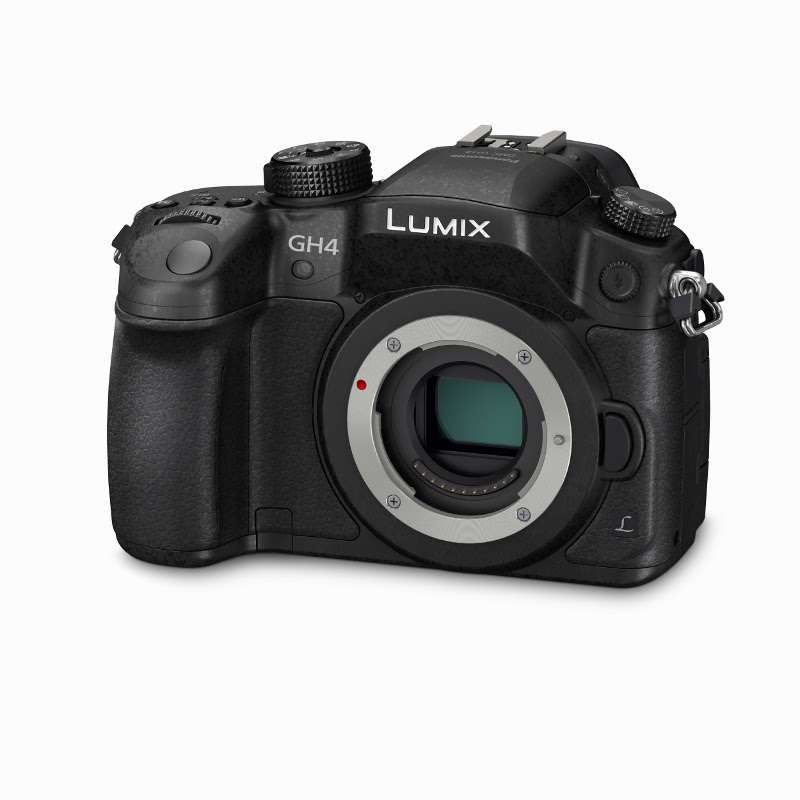 Product links on ExpertPhotography are referral links. If you use one of these and buy something, we make a little bit of money. Need more info? See how it all works here.]
Product links on ExpertPhotography are referral links. If you use one of these and buy something, we make a little bit of money. Need more info? See how it all works here.]
What Does Micro Four Thirds Mean?
The name Micro Four Thirds (often abbreviated to MFT or M43) relates to the size and shape of the sensor used in all Micro Four Thirds cameras.
So, let’s first talk about sensors.
At the rear of your digital camera is a sensor that detects and organises light to create an image. In photography, we often refer to a sensor’s size and how many megapixels it can create. These sizes are standardised, making comparisons between different camera manufacturers a lot easier.
Full-frame and APS-C are two common sensors that you may already know about.
Full-Frame Sensor
Full-frame sensors are modelled on the size of a 35mm film negative. This means that when you’re shooting on a full-frame camera, the size of the sensor is 36mm x 24mm.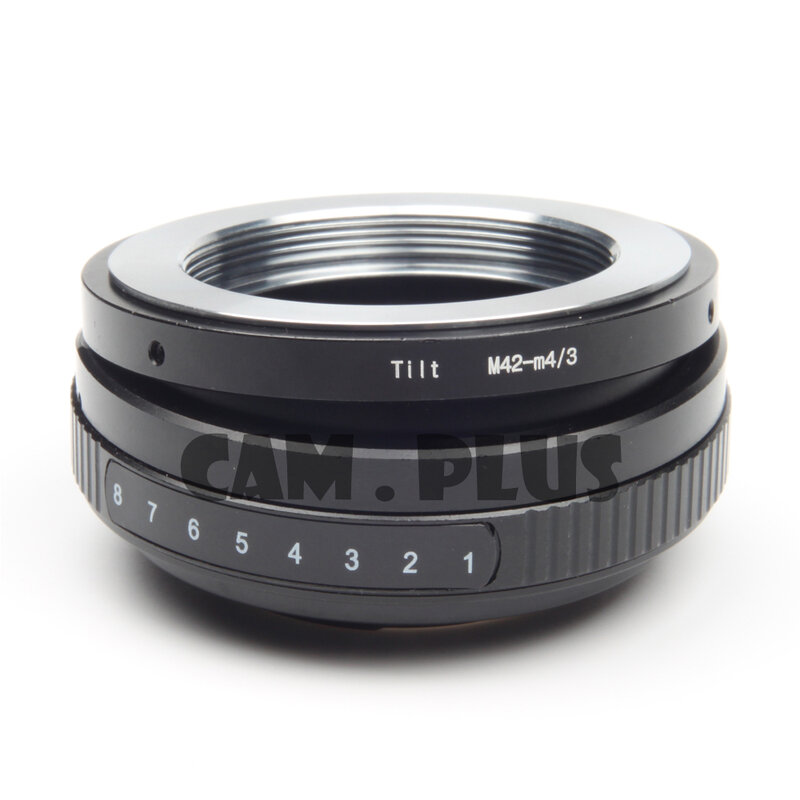 Full-frame sensors are usually found in high-end, professional-level DSLRs.
Full-frame sensors are usually found in high-end, professional-level DSLRs.
APS-C Sensor
This type of sensor is often referred to as a cropped sensor. An APS-C (or Advanced Photo System type-C) sensor is smaller than a full-frame sensor, measuring 23.6mm x 15.7mm. APS-C sensors are found in entry-level and mid-range DSLRs. They are used across different camera manufacturers. Canon also has a smaller version, which measures 22.2mm x 14.8mm.
What Size is a Micro Four Thirds Sensor?
The Micro Four Thirds system uses a Four Thirds sensor, which measures 17.3mm x 13mm.
The aspect ratio of this sensor is 4:3, compared to the 3:2 ratio of full-frame and APS-C sensors. This is where the MFT system gets its name.
Why you may ask, is the sensor this size? Isn’t a bigger sensor always better in photography? Not necessarily. This depends on how you use your camera and what you intend to shoot.
Many photographers value ease of use over image quality. This is precisely the niche group that MFT caters to.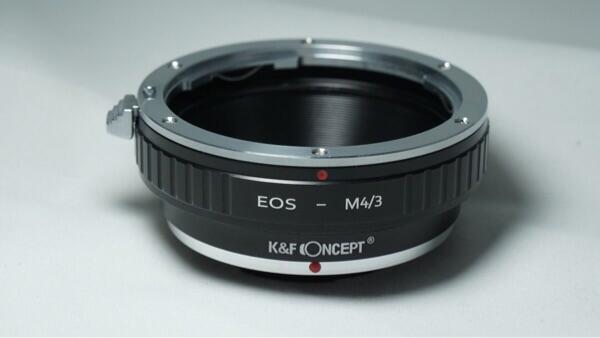
Back in 2008, Panasonic and Olympus saw a potential gap in the market. The problem? Heavy, bulky and expensive camera gear weighing down photographers.
Their solution was to introduce the much smaller Four Thirds sensor to a new system, without a mirror box or pentaprism. And, because there’s no need for a mirror in the Micro Four Thirds system, both camera and lens are far more compact.
Problem solved, right?
Well, the Micro Four Thirds system isn’t perfect. There are some drawbacks to consider when using a smaller sensor. We’ll explore these now in more detail.
One consideration is the crop factor.
What is Crop Factor?
Crop factor is the amount of lens magnification caused by a cropped sensor. In photography, we use this term to help us understand how the size of a cropped sensor will affect the focal length of a full-frame lens.
To help us understand this, let’s first compare full-frame and APS-C sensors.
Full-Frame Sensor Crop Factor
We already know that a full-frame sensor is larger than a cropped sensor. So when you attach a full-frame lens to a full-frame camera, the projection it makes perfectly exposes the sensor, corner to corner. Any more would be overkill, and any less would result in an incomplete image with black edges.
So when you attach a full-frame lens to a full-frame camera, the projection it makes perfectly exposes the sensor, corner to corner. Any more would be overkill, and any less would result in an incomplete image with black edges.
APS-C Sensor Crop Factor
Because an APS-C sensor is smaller than a full-frame sensor, it covers a smaller surface area of the projection made by a full-frame lens. This difference in coverage is known as the crop factor. The crop factor of an APS-C sensor is 1.5x.
What’s the Crop Factor of a Four Thirds Sensor?
A Four Thirds sensor has a crop factor of 2x.
This is because the sensor covers close to half the surface area of a full-frame sensor. To put this in context, this would mean that a 300mm full-frame lens on an MFT camera body actually has a focal length of 600mm.
As a result, MFT systems can be much smaller and more compact than full-frame DSLRs.
But, crop factor affects not only focal length but also aperture.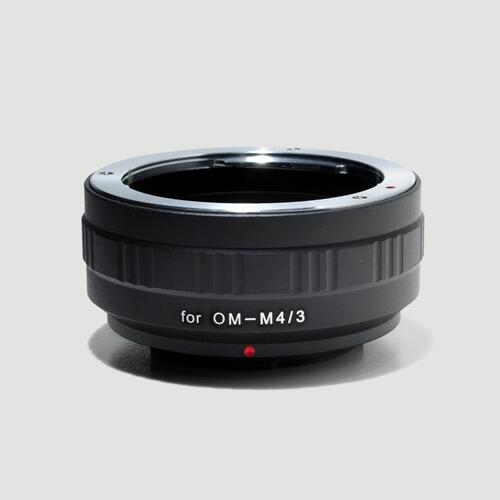 This means that an f/4 lens on an MFT camera actually has an aperture of f/8.
This means that an f/4 lens on an MFT camera actually has an aperture of f/8.
Are Micro Four Thirds Cameras Any Good?
Whether an MFT camera is good depends on your approach to photography and what you’re shooting.
Micro Four Thirds users exchange lower weight, size and equipment cost for a drop in image quality. As mentioned above, the importance of image quality depends upon what you’re shooting and how the image will be published. For most devoted MFT users, this loss in image quality is a small price to pay for having an easier and lighter camera to carry.
For travel and outdoor photographers, these characteristics make MFT extremely attractive.
To understand these differences better, let’s explore some of the key advantages and disadvantages of MFT.
What Are the Advantages of Micro Four Thirds Cameras?
First, MFT cameras have a greatly reduced flange distance compared to SLRs. This means that camera bodies can be much, much smaller.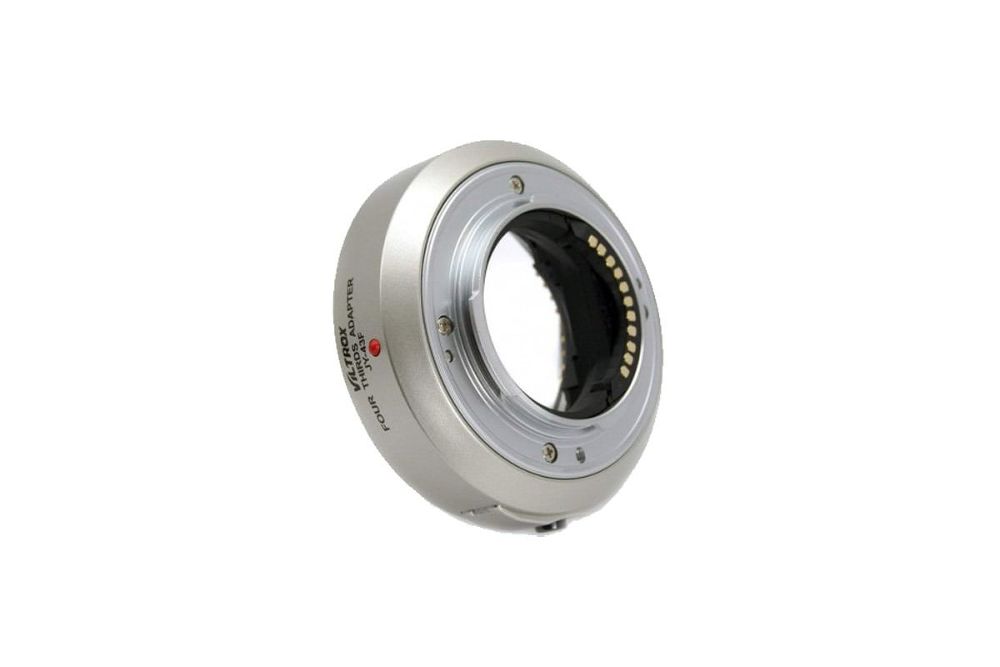 And because of the 2x crop factor of MFT sensors, lenses are shorter and more compact.
And because of the 2x crop factor of MFT sensors, lenses are shorter and more compact.
Also, in photography, size and weight matter immensely! Every gram and kilogram counts. MFT cameras and lenses are significantly lighter than the equivalent full-frame designs.
Compared to full-frame DSLRs and mirrorless cameras, MFT cameras are considerably cheaper, too. So for those on a budget, you can get more bang for your buck by shopping for MFT cameras and lenses than in the professional, full-frame market.
With MFT lenses, you’ll also have broad options to choose from. Take your pick from Panasonic, Olympus, Tamron, Sigma, Voigtländer (COSINA), Kowa, and Venus Optics.
Finally, MFT cameras are great for video and filmmakers. This is thanks to their small and quick-to-edit file sizes, 4K video capabilities, native live-view, and depth of field.
What Are the Disadvantages of Micro Four Thirds Cameras?
We’ve already mentioned that smaller sensors produce fewer megapixels.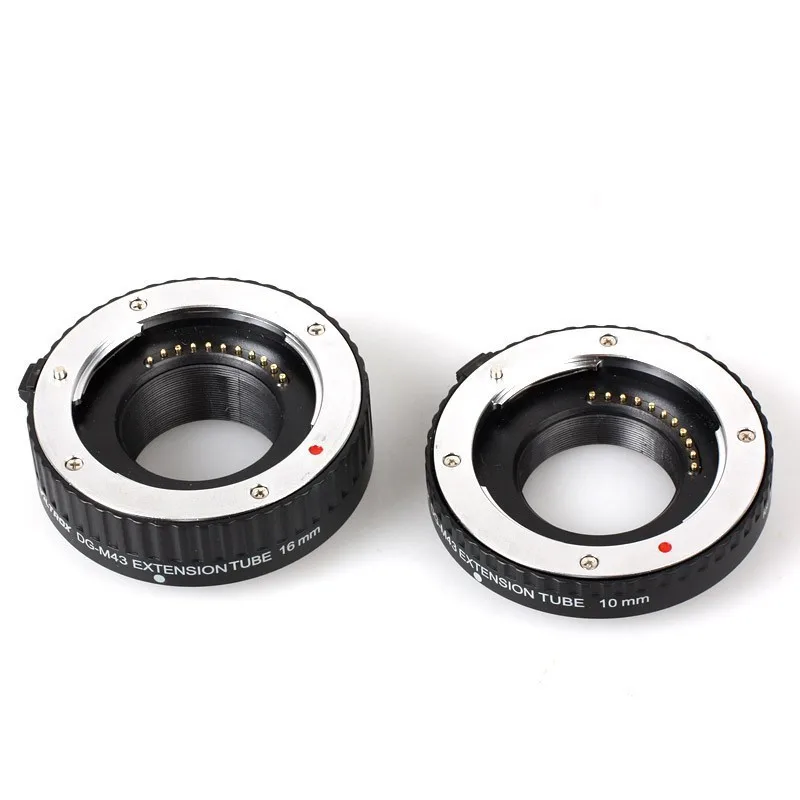 So for photographers who need large files to publish in large format, MFT likely won’t meet your image quality standards.
So for photographers who need large files to publish in large format, MFT likely won’t meet your image quality standards.
The Four Thirds sensor also has limited capability in low-light conditions. This can often result in significant and noticeable noise.
Thanks to its 2x crop factor, the Four Thirds sensor has a doubling effect on lens apertures. This results in limited bokeh and reduced depth of field. If you value a shallow depth of field in your shots, MFT may not be the right choice for you.
Because MFT cameras don’t have mirrors, you will need to use a digital viewfinder or a live-view camera display to compose your shots. Digital displays are improving but still have lag, which can slow you down.
Lastly, MFT cannot compete with full-frame cameras in capturing fast-moving objects in focus.
Is There Still a Market for Micro Four Thirds Cameras?
There has been a growing debate over whether MFT will soon become obsolete.
The main factor in this debate is the rise of smartphone cameras. But why?
But why?
One side argues that smartphones will replace the Micro Four Thirds system altogether. This is due to Smartphones’ size, useability, and increasing image quality.
In the face of camera smartphones like the Samsung Galaxy S21 Ultra and Huawei Mate 40 Pro, can Micro Four Thirds cameras still hold their ground?
The interchangeable-lens market has been shrinking in the Smartphone era. Yet, devoted MFT users still maintain that the system is relevant. This is especially true for vloggers and Youtubers who value the extensive video capabilities of MFT.
The jury is still out on whether MFT will survive. Yet, there is strong evidence to suggest that the system may be phased out in the coming years.
Olympus recently sold their camera division. But, it’s still too early to say if they will continue to release new products for the Micro Four Thirds system.
In recent years, Panasonic has been investing heavily in its full-frame R&D department. In 2019, the company made a splash when they introduced the award-winning S1 and S1R.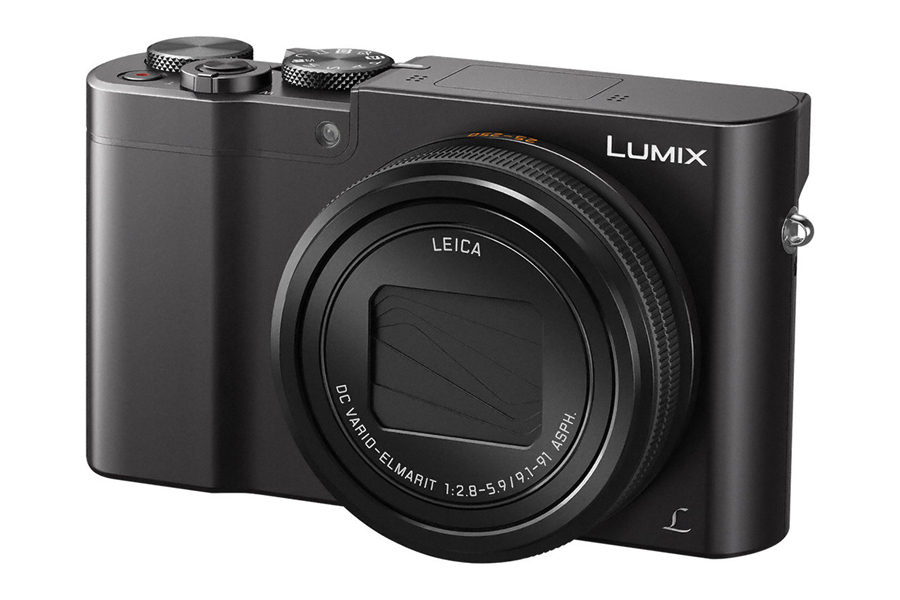
Panasonic has also joined the L-Mount squad with Sigma and Leica. Because of this, some argue it is unlikely Pansonic will continue with both the L-Mount and MFT mounts.
Conclusion
The Micro Four Thirds debate continues to polarise opinion within the photography community. Voices from each side tout strong evidence for both its survival and demise.
Although the digital camera market has certainly changed in the smartphone era, Micro Four Thirds may surprise us yet.
Micro Four Thirds is a solid choice for photographers who want to step up from smartphone photography without breaking the bank. For vloggers, YouTubers, filmmakers, and travel and outdoor photographers, MFT still has plenty to offer.
Our pick for the best MFT camera on the market goes to the Olympus OM-D E-M1 Mark III. We also like the mighty Lumix GH5 from Panasonic.
If you want to learn more about photography and camera types, check out our Photography for Beginners eBook.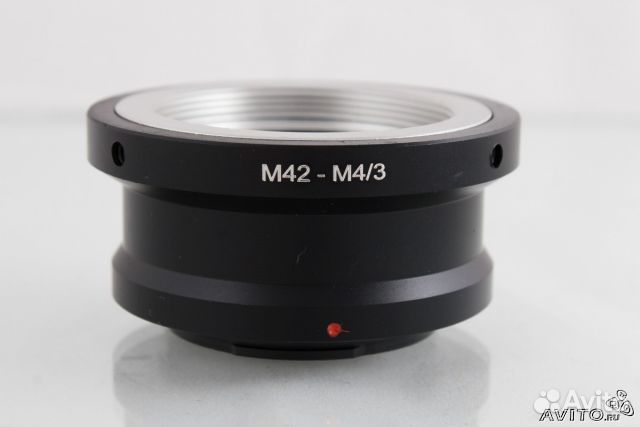
Olympus M.Zuiko 17mm f/1.8 for Micro 4/3 system
Text taken from http://www.pekkapotka.com
11/14/olympus-mzuiko-17mm-f18.html
November 14, 2012, 13:58
I don't remember exactly who... I think Homer Simpson said, "35mm is a way of life, 35mm is my way of life and I intend to maintain it.” Although, perhaps, he did not say so about 35 mm ... Oh, okay. Anyway, I'm talking about a 35mm focal length, a 35mm lens. 35 is my way of life. The 35th is an opportunity to transfer my vision of the world to pictures. The modern 17mm is the same 35 as I now shoot with an Olympus OM-D. Cameras come and go, and the 35mm style is as faithful to me as it was in the 70s:
In the 80s:
in the 90s:
In the 2000s:
and evening last Saturday:
Long-awaited
Last photograph taken with the new Olympus 17mm f/1.8 lens. In my opinion, I have not looked forward to any lens as much and as long as this one.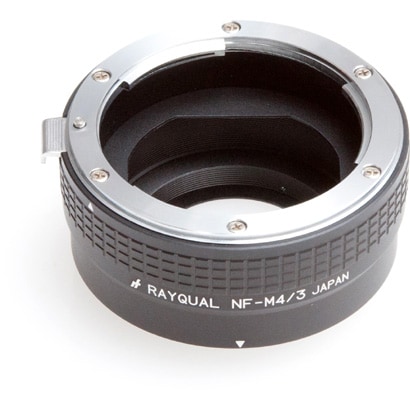 More than three years since I started shooting with the PEN E-P1... The very first 17mm f/2.8 pancake introduced in the PEN series wasn't good enough for me. I sold it almost immediately. Luckily, the Panasonic Lumix 20mm f/1.7 came out shortly after, and for a long time it became my 35mm replacement. Another replacement was the Olympus 12-60 f/2.8-4 zoom from the FT series. The latter is much better than the Lumix in terms of picture quality, but at 17mm it's only f/3.1, focusing is very slow, and it's too bulky and heavy to carry anywhere and anytime. Therefore, the Lumix 20 mm was my most frequently used lens, the second (12-60 mm) I used almost half as often. But I never really liked the Lumix, as it has a too direct angle of view for my taste, lacks sharpness and contrast in the corners compared to the excellent quality in the center of the frame, and it produces absolutely terrible purple aberration (PA). I have learned to get along with him, but I hate him whenever I have to prepare pictures for large format printing.
More than three years since I started shooting with the PEN E-P1... The very first 17mm f/2.8 pancake introduced in the PEN series wasn't good enough for me. I sold it almost immediately. Luckily, the Panasonic Lumix 20mm f/1.7 came out shortly after, and for a long time it became my 35mm replacement. Another replacement was the Olympus 12-60 f/2.8-4 zoom from the FT series. The latter is much better than the Lumix in terms of picture quality, but at 17mm it's only f/3.1, focusing is very slow, and it's too bulky and heavy to carry anywhere and anytime. Therefore, the Lumix 20 mm was my most frequently used lens, the second (12-60 mm) I used almost half as often. But I never really liked the Lumix, as it has a too direct angle of view for my taste, lacks sharpness and contrast in the corners compared to the excellent quality in the center of the frame, and it produces absolutely terrible purple aberration (PA). I have learned to get along with him, but I hate him whenever I have to prepare pictures for large format printing.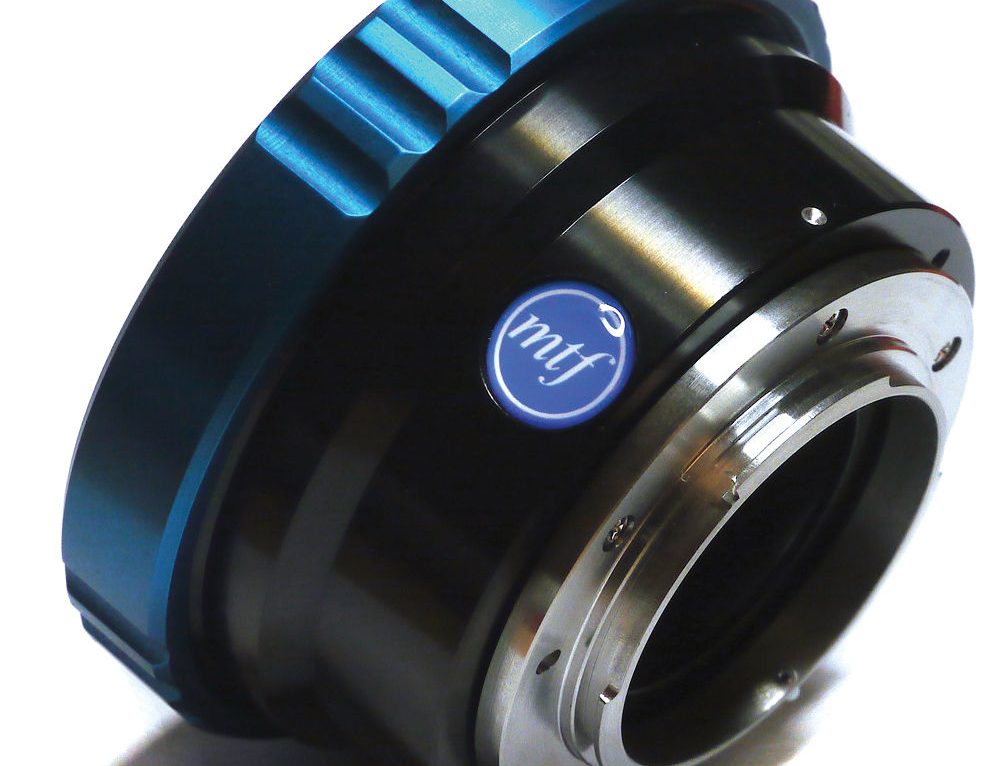 Too much work just to correct the differences in contrast and remove the PA! Everything I write on this blog is about RAW files shot with Olympus OM-D (or newer PENs) and processed in Adobe Lightroom 4.
Too much work just to correct the differences in contrast and remove the PA! Everything I write on this blog is about RAW files shot with Olympus OM-D (or newer PENs) and processed in Adobe Lightroom 4.
IS IT THE SAME LENS?
Here is a typical situation where the Lumix 20mm shows its violet light problems. The new 17mm lens (image on the left) produces little to no flare, and after HA-correction in Lightroom for images taken with both lenses, only slight longitudinal chromatic aberrations are visible. From the point of view of correcting the violet glow (fringing), these images are very revealing. Numerous branches and leaves of trees look different, because usually the fringing can only be partially removed with the Defringe tool in Lightroom. As you can see, Lumix and Olympus image transmission is different. At Lumix, the ends of the branches have more obvious "endings", but at the same time, the railings are more "eaten" by the light. The aperture in both cases is f/2.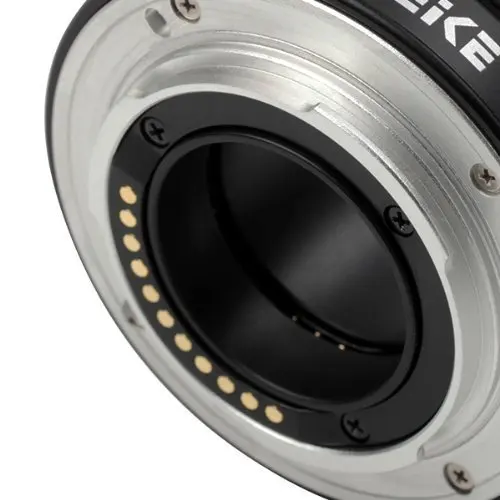 8.
8.
Here I compared fragments of images taken by Olympus 17 mm (top row: left - center of the frame, right - edge of the frame) and Lumix 20 mm (bottom row: left - center of the frame, right - edge of the frame), enlarged to 100 %. I chose f/2.8 again. Crop from the edge of the frame - this is the place where the focus point was located in the corner of the frame. Neither lens proved to be blurry in the center, while both have almost perfect automatic (software / Lightroom) optical distortion correction. But despite this, Lumix has some slight blurring of rectangles at the edges of the frames. The main difference here is that the Lumix has a noticeably better center frame. The edges in practice will not be too different. But if we touched on the quality at the edges, Lumix gives more resolution here, although (micro) contrast is weaker.
None of these differences will be noticeable when printed on A3. Here's what you'll see on a monitor with a resolution of 1920x1080 at the maximum (full screen) image size:
No difference at all. .. Don't look at the pixels just yet.
.. Don't look at the pixels just yet.
Above, I have already mentioned the problems associated with a noticeable inhomogeneity in image quality from the center to the corners. I have to say that what you see in the 100% zoom shots above makes the Lumix look a bit better than it really is: in fact, the quality of the shots gradually deteriorates from the center to the absolute edges. At the same time, Olympus behaves more smoothly within a single frame. These crops have been treated in the same way in Lightroom: sharpened, noise removed. The Lumix is so sharp in the center that adding sharpness when adjusting is fraught with the appearance of a halo. You can add a bit of sharpening and / or clarity (above 0) to the Olympus image.
Here I added a small amount of USM sharpness (90/0.5/0) to the Olympus series. Lumix shots have even more resolution in the center and at the edges, because no amount of sharpening brings anything new and better - the detail is already magnificent.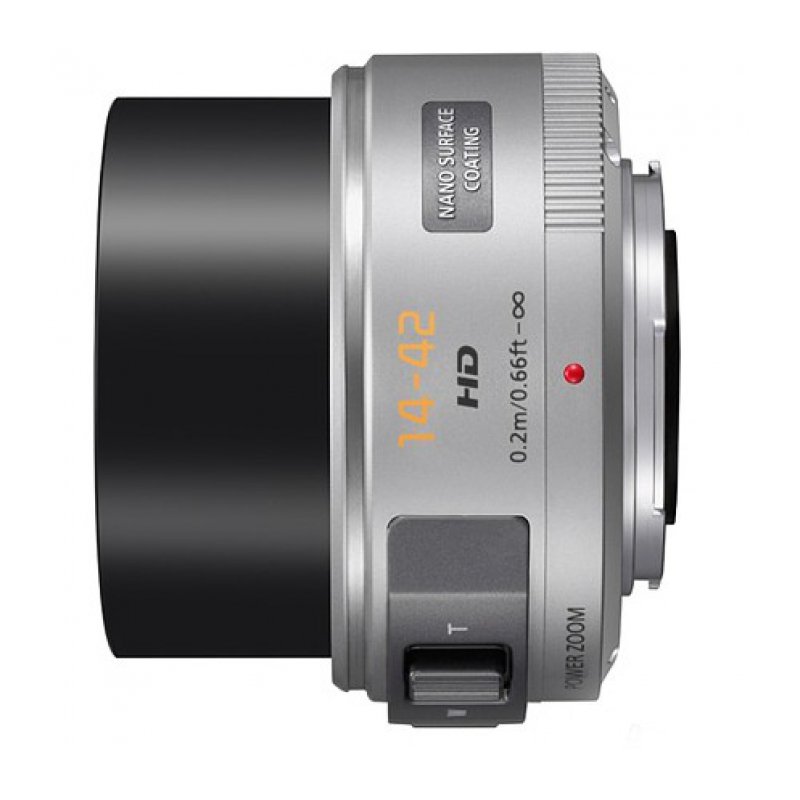 But still, now both Olympus shots look sharper...
But still, now both Olympus shots look sharper...
Sharpness is a very interesting thing: in my opinion, it's not so much a matter of resolution as of (micro)contrasts. From this point of view, Olympus is better; and the fact that it gives such even quality throughout the image makes it easier to work with. If you locally clean up the edges in Lightroom on Lumix pictures, they will become the same (or even better) level. I've had to do this so many times... Yeah, yeah... It just means more work on them. If you take a look at my photographs, it becomes obvious why I need sharpness throughout the frame so much. Of course, some of you shoot differently, which means you have different requirements for image transmission. In general, while the question about THAT SAME LENS remains open!
At other apertures
The f/2.8 aperture is very revealing as it shows a trend that will run through shooting at any aperture, from wide open to f/8 (the smallest I've tested at).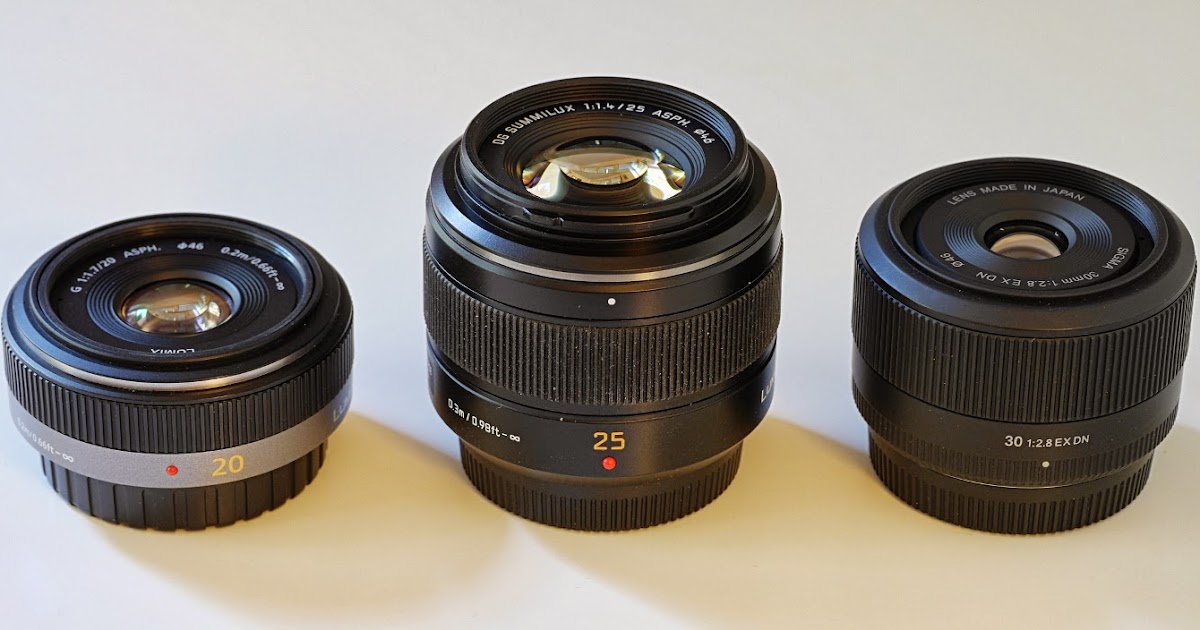 Both lenses showed a limit of sharpness at f/4 and became decidedly soapy at f/8. The Olympus 17mm shows excellent quality even at f/2.5 in the center of the frame. All in all, the two lenses are close enough to each other that even tiny "mistakes" revealed in comparison (such as my little example of sharpness) can tip the scales one way or the other.
Both lenses showed a limit of sharpness at f/4 and became decidedly soapy at f/8. The Olympus 17mm shows excellent quality even at f/2.5 in the center of the frame. All in all, the two lenses are close enough to each other that even tiny "mistakes" revealed in comparison (such as my little example of sharpness) can tip the scales one way or the other.
OH NO! This thing again!
So what is it? This is how the picture should have looked WITH THE SAME LENS. Left is the center of the frame, right is the edge. This crop was taken with a Zuiko D lens. f/3.1. That's why I didn't bother to compare these two fixes further. Neither one nor the other lens comes close to giving such quality at any aperture, or even with the help of subsequent sharpness correction. That's why I'll keep shooting with this zoom and hope that one day Olympus will master this task and give us a REAL 17mm prime. Still, I will buy this 17mm because, no matter what, it is one step ahead of the Lumix, based on the examples above.
Conclusion
There were no photos of the lens this time. Go to any Olympus website.
The M.Zuiko 17mm is a lens that is a pleasure to use. Small in size and well made. Autofocus is mega-fast and silent. It's a real pleasure to walk around with this thing, to get to a place where you know from experience you can get the right angle, get your camera, take a picture and move on...Quickly, without any complications. This lens, like the M.Zuiko 12mm, has the same convenient and very practical focusing ring with pull-push movement. It is finished with the same nice champagne silver finish. Unfortunately, the kit does not come with a hood. A lens hood should always be used to achieve good (micro) contrast results. Listed price - 499€, which immediately, even before I tried it, gave an idea of the level of optics. Price and quality go hand in hand. If you think that this is expensive, yes - this is a very good lens. For me, the true quality of the lens starts to show up with the A2 format.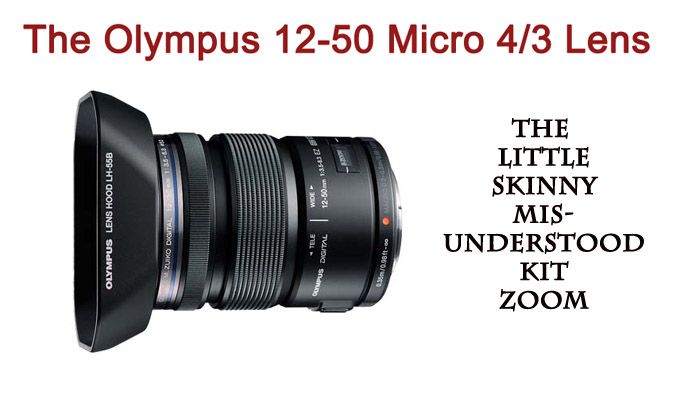 Oh, yes! .. We need to sum up ... Actually, I said "Goodbye!" I had high expectations a few months ago when I first saw a prototype of this lens with this tiny front lens. He shouted loudly: Hey Mr. Photographer! I'm all software-correctable!
Oh, yes! .. We need to sum up ... Actually, I said "Goodbye!" I had high expectations a few months ago when I first saw a prototype of this lens with this tiny front lens. He shouted loudly: Hey Mr. Photographer! I'm all software-correctable!
Have a nice day!
A few shots
I really enjoyed seeing the world through this lens. I hope the pictures convey it!
Your admission
on Monday, October 10, on the world, on the world, on the world, on the world, on the world, on the world, on the world, on the world, on the world, on the world, on the world, on the world, on the world, on the world, on the world, on the world, on the world. markets remain pessimistic on fears that attempts by the world's leading central banks to curb inflation through aggressive tightening of monetary policy will eventually provoke a global recession.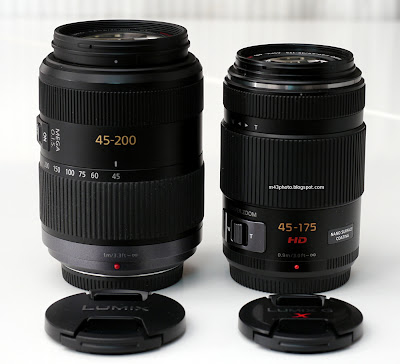 Investors, in particular, reacted very negatively to the rather strong report on employment in the US for September, considering, apparently, that it will become an additional argument for the Fed to continue the rapid rise in the key rate. At the same time, hawkish statements by a number of representatives of the American regulator only confirmed this thesis. As a result, traders' assessment of the likelihood of a Fed rate hike in November by another 75 bp. reached 82%. Meanwhile, the minutes of the September meeting of the ECB showed that the financial authorities of the Old World are also very concerned about the acceleration of inflation and are ready to continue to quickly raise rates, even if this threatens to further weaken economic activity in the region.
Investors, in particular, reacted very negatively to the rather strong report on employment in the US for September, considering, apparently, that it will become an additional argument for the Fed to continue the rapid rise in the key rate. At the same time, hawkish statements by a number of representatives of the American regulator only confirmed this thesis. As a result, traders' assessment of the likelihood of a Fed rate hike in November by another 75 bp. reached 82%. Meanwhile, the minutes of the September meeting of the ECB showed that the financial authorities of the Old World are also very concerned about the acceleration of inflation and are ready to continue to quickly raise rates, even if this threatens to further weaken economic activity in the region.
As a result, American and European stock indicators ended Friday with a significant loss, although they managed to close with an increase following the results of the entire last week. Today, US stock exchanges will be closed due to the celebration of Columbus Day in the country, meanwhile, futures for the S&P 500 index are moderately declining.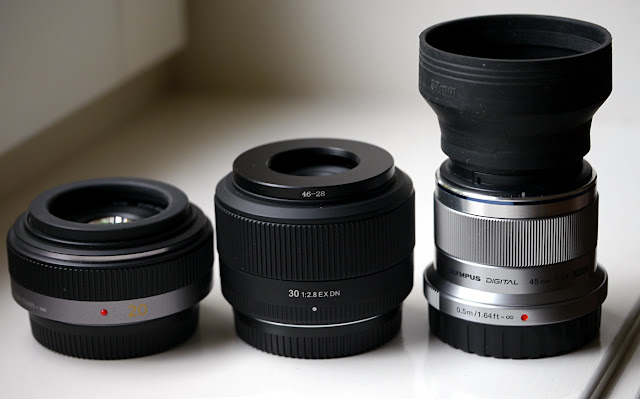 The session in Asia ended in the red zone, while the trading activity was lower than usual, as the stock exchanges in Japan and South Korea were closed due to the weekend. Pressure on Chinese stocks was exerted by reports of new US restrictions on the supply of semiconductor products to the Middle Kingdom, as well as weak macro statistics - the PMI index in the PRC services sector calculated by Caixin and S & P Global fell to 49 in September.3 points from 55 points in August, falling into the downtrend zone for the first time in 4 months. In the red began trading in Europe.
The session in Asia ended in the red zone, while the trading activity was lower than usual, as the stock exchanges in Japan and South Korea were closed due to the weekend. Pressure on Chinese stocks was exerted by reports of new US restrictions on the supply of semiconductor products to the Middle Kingdom, as well as weak macro statistics - the PMI index in the PRC services sector calculated by Caixin and S & P Global fell to 49 in September.3 points from 55 points in August, falling into the downtrend zone for the first time in 4 months. In the red began trading in Europe.
The upcoming week will be full of information, so investors will not be bored. The focus will be on US consumer inflation data for September, which is expected to show a further slowdown in the overall indicator in annual terms, while accelerating its underlying component. In addition, numerous speeches by Fed representatives are expected in the coming days, which may clarify the regulator's further plans to tighten monetary policy.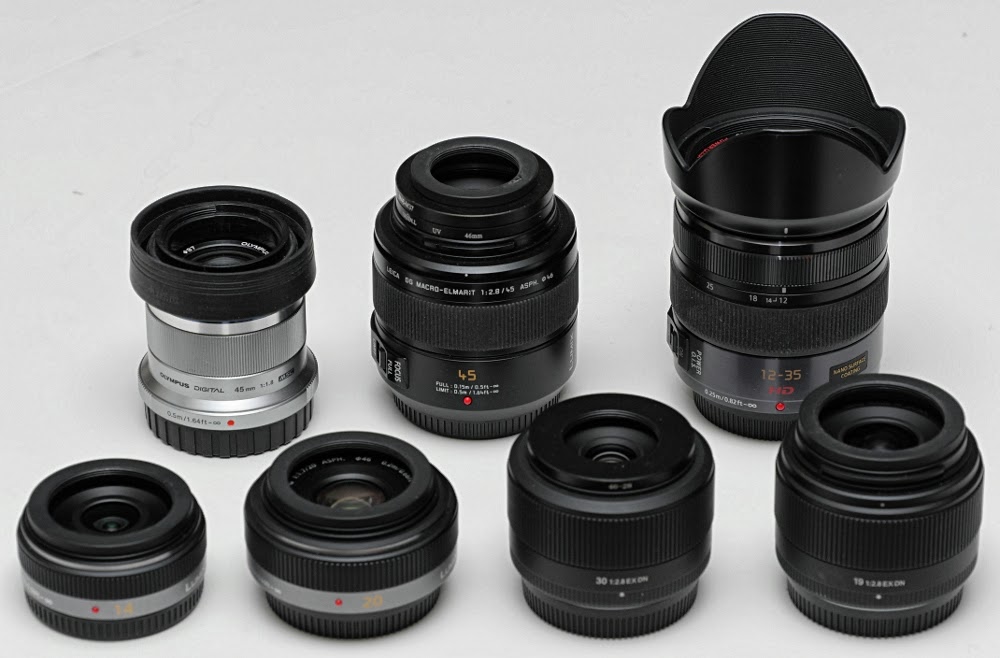 From the other macro statistics planned for publication, we would like to single out inflation data in China for September, September data on retail sales in the US, as well as a preliminary estimate of the consumer sentiment index in the States from the University of Michigan for October. Toward the end of the week, the focus of market participants will begin to shift towards the start of the US corporate reporting season for the 3rd quarter. In particular, JPMorgan, Wells Fargo, Morgan Stanley and Citigroup will present their results on Friday.
From the other macro statistics planned for publication, we would like to single out inflation data in China for September, September data on retail sales in the US, as well as a preliminary estimate of the consumer sentiment index in the States from the University of Michigan for October. Toward the end of the week, the focus of market participants will begin to shift towards the start of the US corporate reporting season for the 3rd quarter. In particular, JPMorgan, Wells Fargo, Morgan Stanley and Citigroup will present their results on Friday.
As of 11:45 Moscow time, the Moscow exchange index fell by 3.74%, the dollar RTS - by 5.74%. The composite European indicator Stoxx 600 sank 0.68%, China's CSI 300 - 1.01%, Hong Kong's Hang Seng - 3%. Futures on the S&P 500 fell 0.44%, while the yield on 10-year US Treasuries is at around 3.88%. The cost of December futures for Brent oil decreased by 0.73% to $97.2 per barrel.
In the US on Friday, the share price of semiconductor chip maker Advanced Micro Devices fell 13.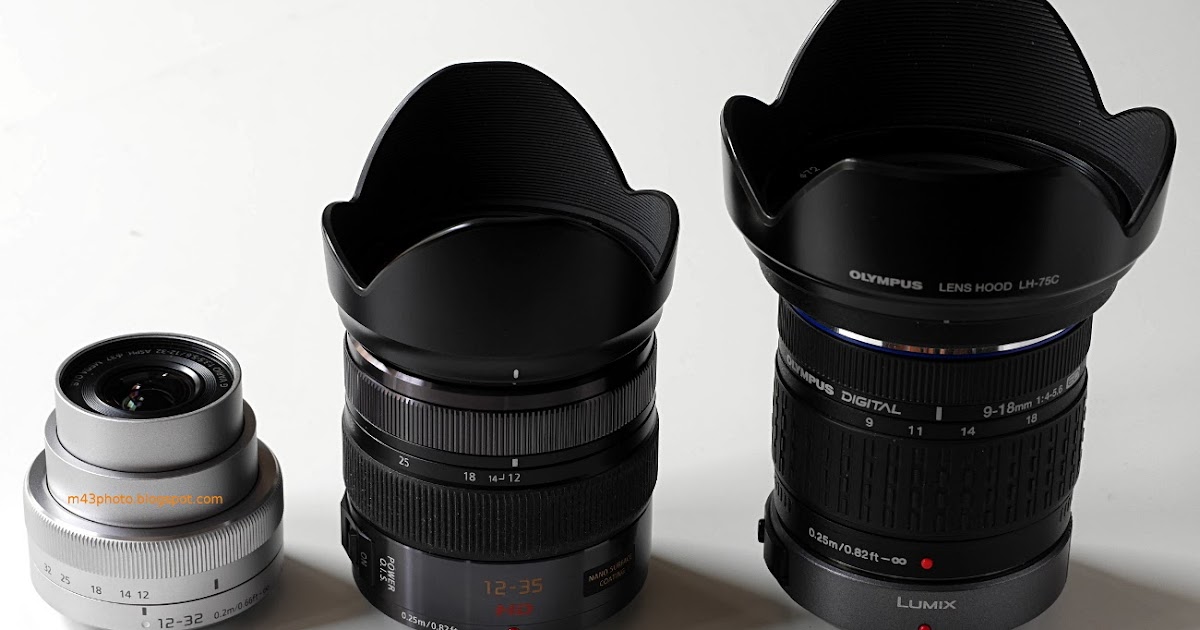 9% after the company released weak preliminary financial results for the 3rd quarter. Jeans maker Levi Strauss (-11.7%) also fell sharply due to unfavorable quarterly reports and worsening forecasts. The value of Apple shares included in the US. Balanced”, sank by 3.7%.
9% after the company released weak preliminary financial results for the 3rd quarter. Jeans maker Levi Strauss (-11.7%) also fell sharply due to unfavorable quarterly reports and worsening forecasts. The value of Apple shares included in the US. Balanced”, sank by 3.7%.
In Hong Kong, the leaders of the decline were the shares of casino operator Sands China (-9.1%), sports goods manufacturer Li Ning (-8.6%), brewing company China Resources Beer Holdings (-7.4%), creditor China Merchants Bank (-7.3%), restaurant operator Haidilao International (-7.1%), Internet company Meituan (-6.6%).
In Europe, against the backdrop of a correction in the cost of "black gold", shares of oil companies are declining. TotalEnergies shed 2%, BP shed 1.7%, Shell shed 1%, Eni shed 1.4% and Repsol shed 1.6%.
The Russian stock market started trading on Monday with a sharp decline against the backdrop of passage of dividend cut-offs in the shares of Gazprom and Tatneft, as well as expectations of a new escalation of the Ukrainian conflict after the undermining of the Crimean bridge.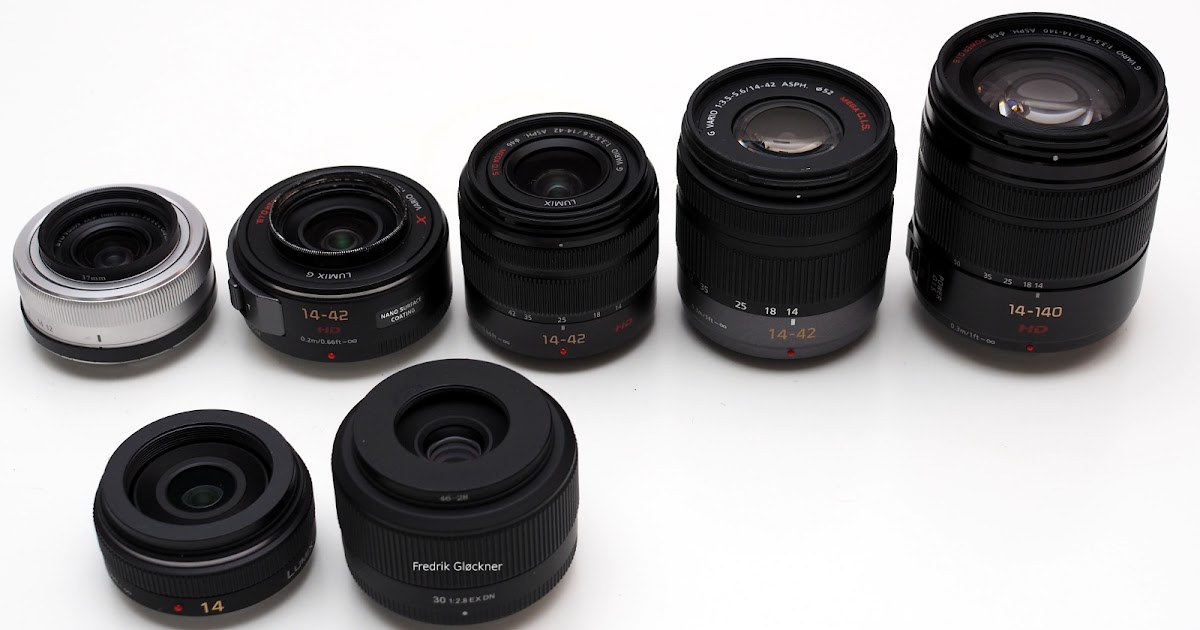 Russian President Vladimir Putin has already called the incident "a terrorist attack aimed at destroying the critical civilian infrastructure of the Russian Federation," and blamed the Ukrainian special services for this. Against this background, the media reported on rocket attacks on a number of Ukrainian cities. It should be noted that by the middle of the day the market managed to win back a part of the morning drawdown, and most of the “blue chips” were able to go into the black. However, the prospects for further recovery, in our opinion, look weak, given the general increase in anti-risk sentiment on international stock markets and the decline in prices for oil and industrial metals. Therefore, it is impossible to exclude the formation of a new wave of decline closer to the end of trading.
Russian President Vladimir Putin has already called the incident "a terrorist attack aimed at destroying the critical civilian infrastructure of the Russian Federation," and blamed the Ukrainian special services for this. Against this background, the media reported on rocket attacks on a number of Ukrainian cities. It should be noted that by the middle of the day the market managed to win back a part of the morning drawdown, and most of the “blue chips” were able to go into the black. However, the prospects for further recovery, in our opinion, look weak, given the general increase in anti-risk sentiment on international stock markets and the decline in prices for oil and industrial metals. Therefore, it is impossible to exclude the formation of a new wave of decline closer to the end of trading.
Shares of Gazprom (-18%), Tatneft (AO -5.7%, AP -6.6%), PhosAgro (-2.2%), « Yandex (-1.8%). Papers of Surgutneftegaz (AO +2.6%, AP +2.7%), Ozon (+2.3%), Novatek (+1.9%), Rosneft ( +1.